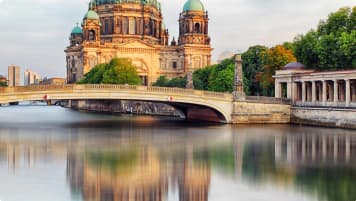Highlights of Germany | Gothic Germany
The term Gothic is often used to refer to a turning point and new era of European architecture that is generally seen as starting in the mid 12th century. Gothic architecture was in stunning contrast to Romanesque architecture which emphasised few windows, massive stonework and heavy walls. In comparison, the Gothic style featured stained glass windows, flying buttresses and more light-filled interiors that made use of cavernous spaces.
8 Jan 20 · 7 mins read
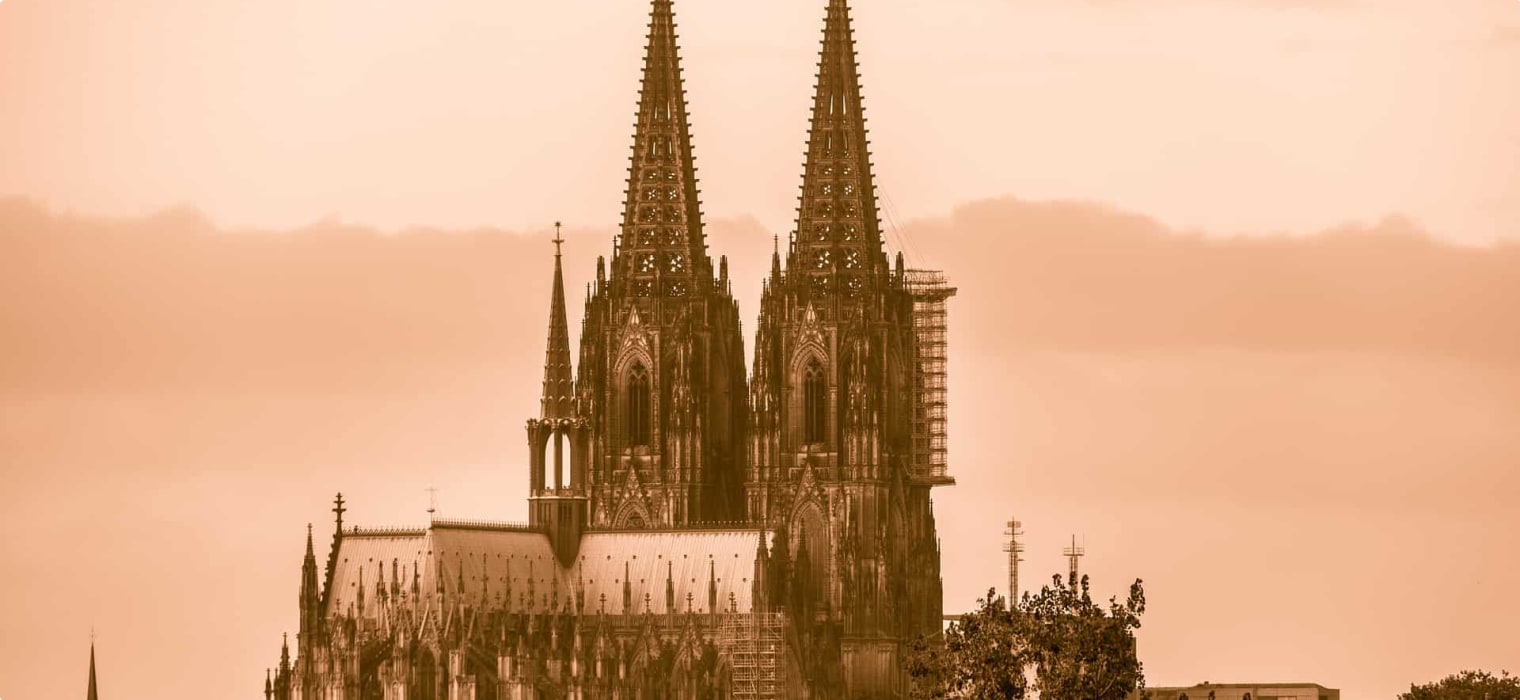
Highlights of Germany | Gothic Germany
The Gothic era in Europe marked a significant shift in architectural style, emerging around the mid-12th century as a departure from the Romanesque tradition characterized by its emphasis on minimal windows, robust stonework, and solid walls. In contrast, Gothic architecture introduced elements like intricate stained glass windows, flying buttresses, and light-filled interiors that utilized expansive spaces in a dramatic manner.
Originating in France circa 1140, the Gothic movement took root with iconic structures like the Notre-Dame, embodying the essence of French Gothic architecture. Despite enduring a fire in recent years, Notre-Dame remains a globally recognized symbol, with construction spanning from 1163 to 1345. Primarily associated with religious buildings, Gothic architecture, especially the construction of cathedrals, exemplifies a profound form of artistic and spiritual expression.
The influence of Gothic architecture swiftly spread to Germany, particularly cities along the French-German border such as Trier and Heidelburg. The landscape of German Gothic architecture now boasts a diverse array of structures, reflecting both the initial adoption of the French style and the subsequent evolution of regional variations. Noteworthy characteristics of German Gothic include towering spires and unfinished elements due to their monumental scale.
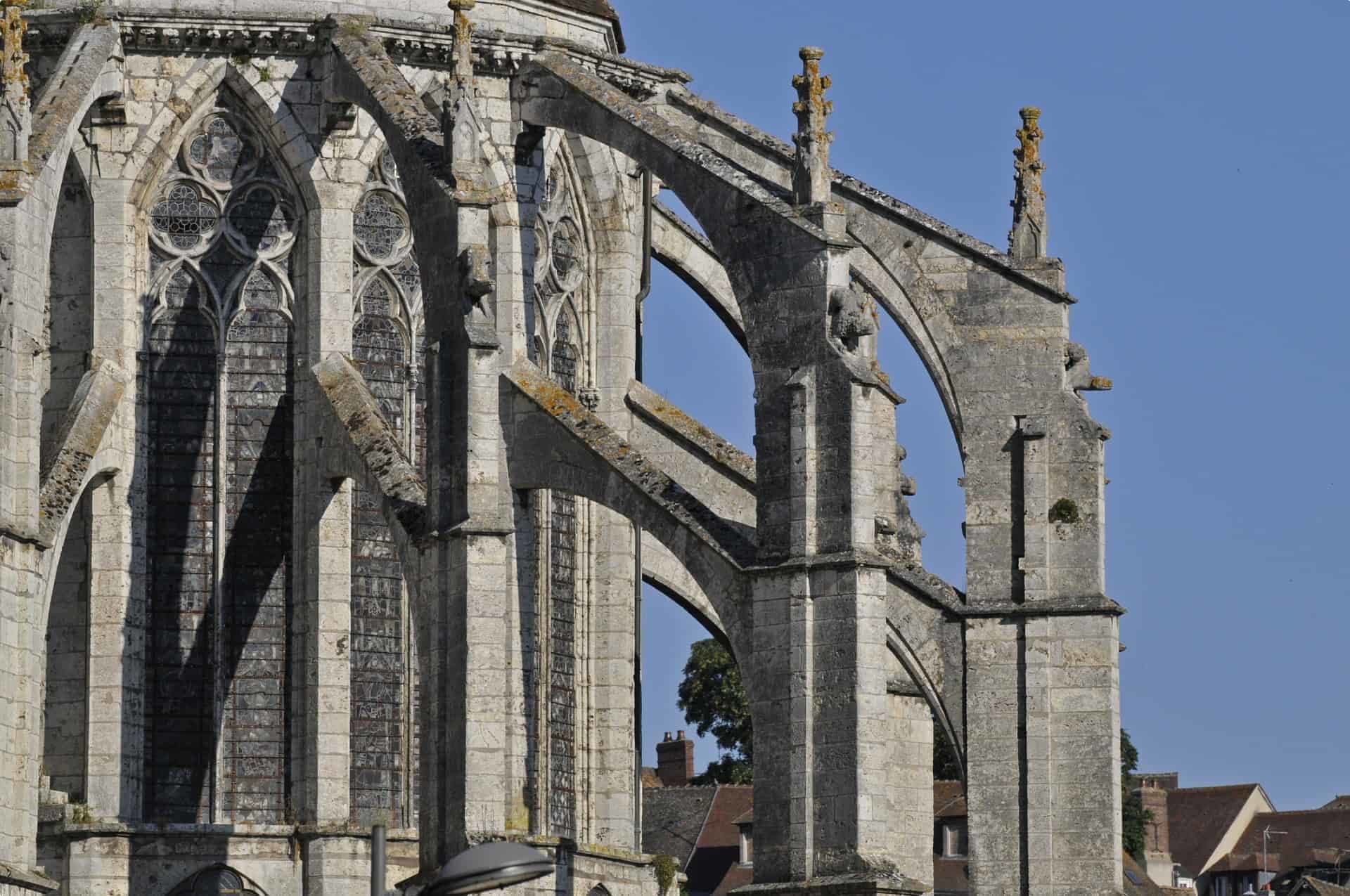
One distinctive feature of German Gothic architecture is the prevalence of hall-churches, contrasting with the traditional French Gothic design. While French churches typically feature a taller roof over the nave, separating it from the side aisles with thick walls, hall-churches are distinguished by uniform heights throughout the nave and aisles. This design choice, along with extensive stained glass windows creating an illusion of height, contributes to a sense of vertical spaciousness.
Here are some examples of German Gothic sites you can visit today.
The Liebfrauenkirche (Church of Our Beloved Lady) in Trier
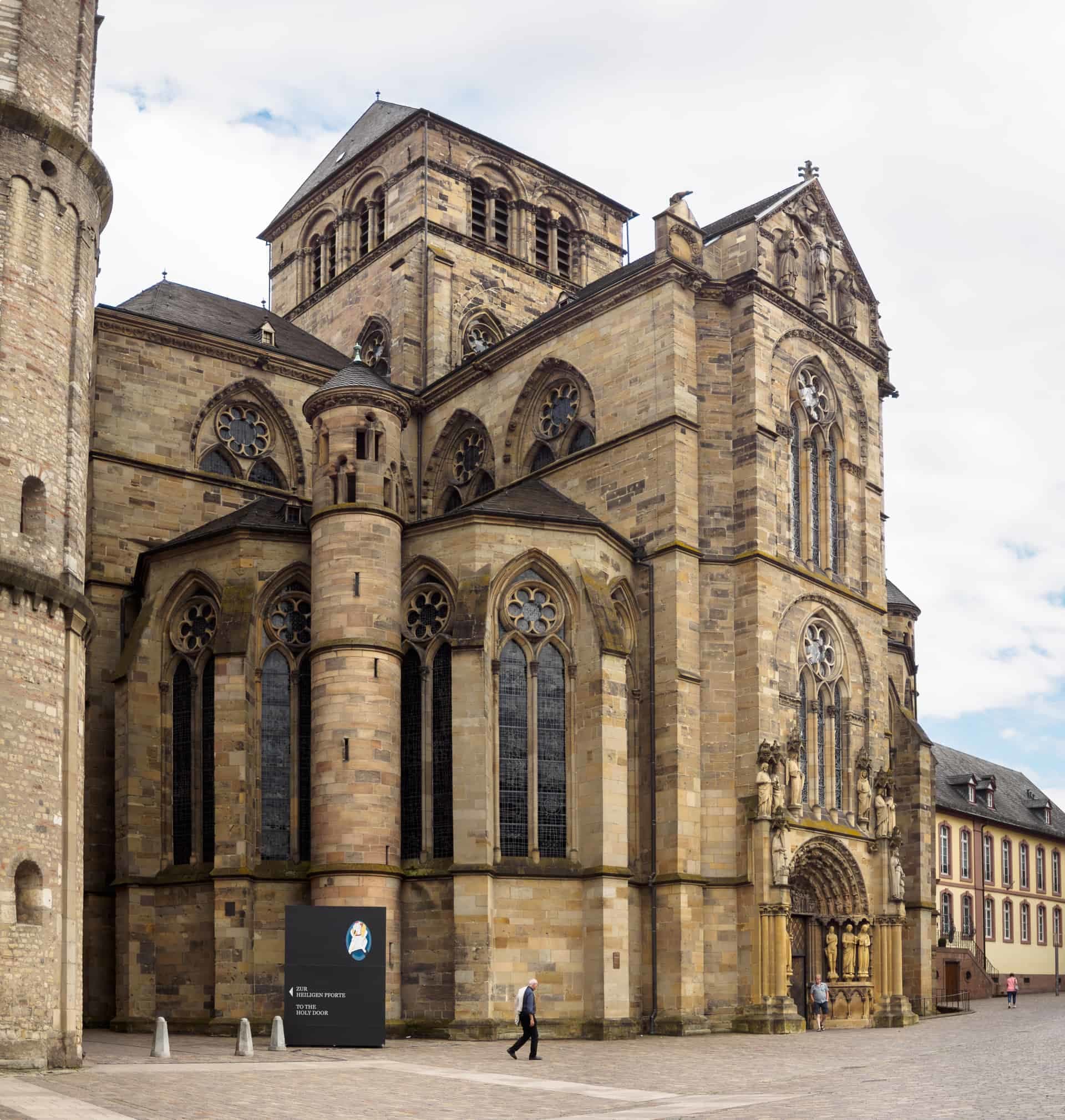
The Liebfrauenkirche in Trier, located in the picturesque Moselle wine region near the Luxembourg border, stands proudly as one of the earliest examples of Gothic architecture in Germany. Alongside the Cathedral of Magdeburg, which was reportedly initiated in 1209 but completed after the Liebfrauenkirche, this historic church holds a significant place in architectural history. While precise construction dates remain elusive, a notable inscription on a column within the church indicates that the building commenced in 1227 and reached completion in 1243. This distinguished landmark has rightfully earned its place as a UNESCO World Heritage Site.
Cathedral of Magdeburg
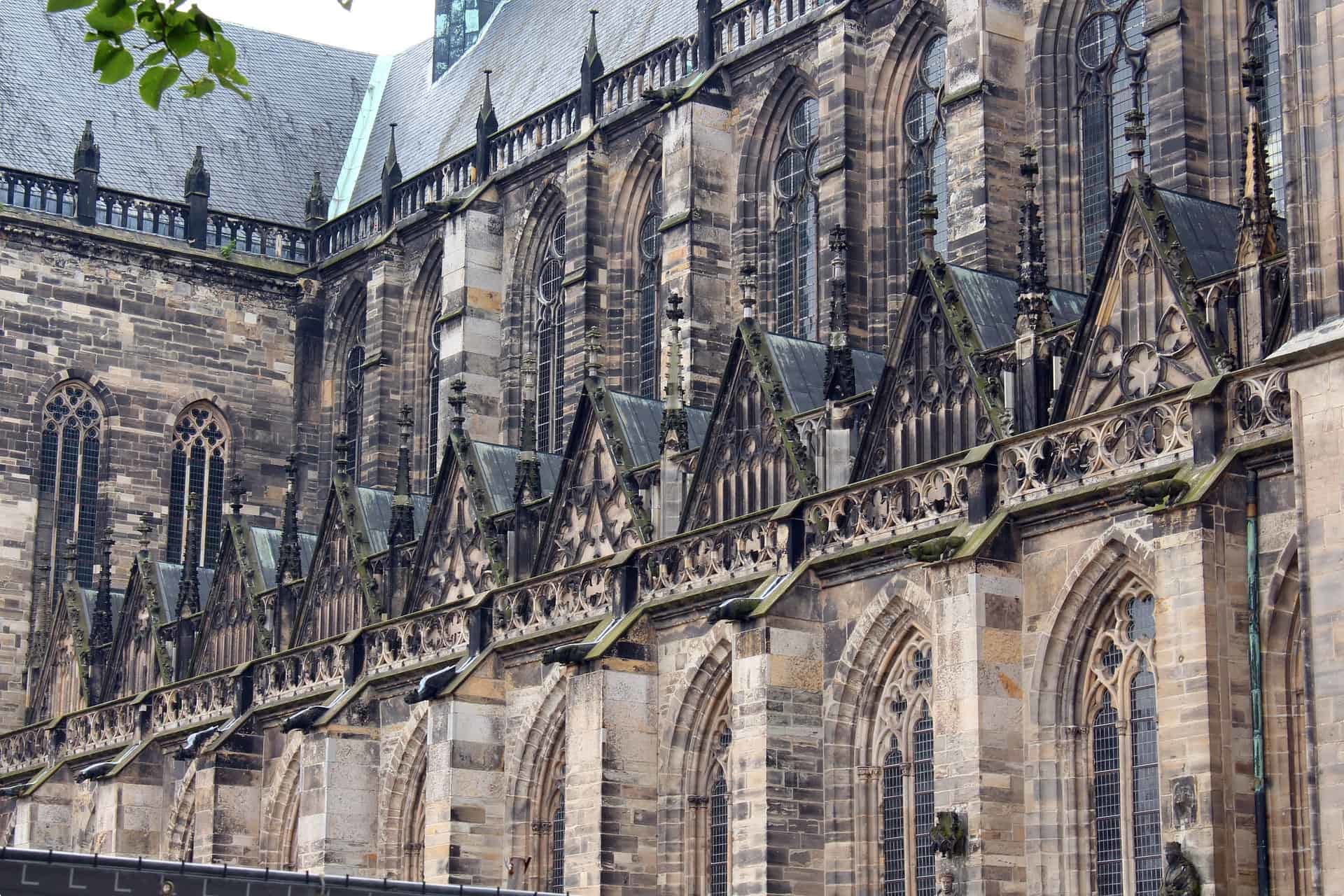
The Cathedral of Magdeburg, situated in the central German city on the Elbe River, stands as the oldest Gothic cathedral in Germany and boasts one of the tallest spires in eastern Germany, reaching around 100 meters in height. Originally established in 937, the cathedral’s first iteration succumbed to a devastating fire in 1207. Despite this setback, the site remains a significant location housing the tomb of Emperor Otto I, the Great German King and Holy Roman Emperor.
Presently, the cathedral serves as the primary church of the Evangelical Church in Central Germany, showcasing a wealth of Gothic art and sculpture. Notably, the exterior of the north entrance to the transept is adorned with sculptures portraying the five wise and the five foolish virgins, believed to have been crafted around 1250, adding a unique and timeless allure to the cathedral’s rich artistic heritage.
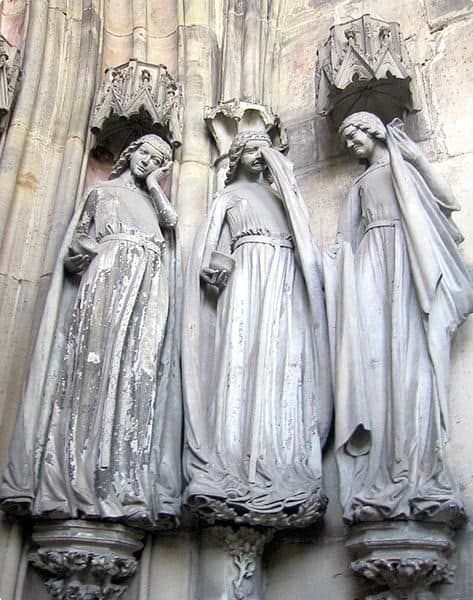
Regensburg Cathedral
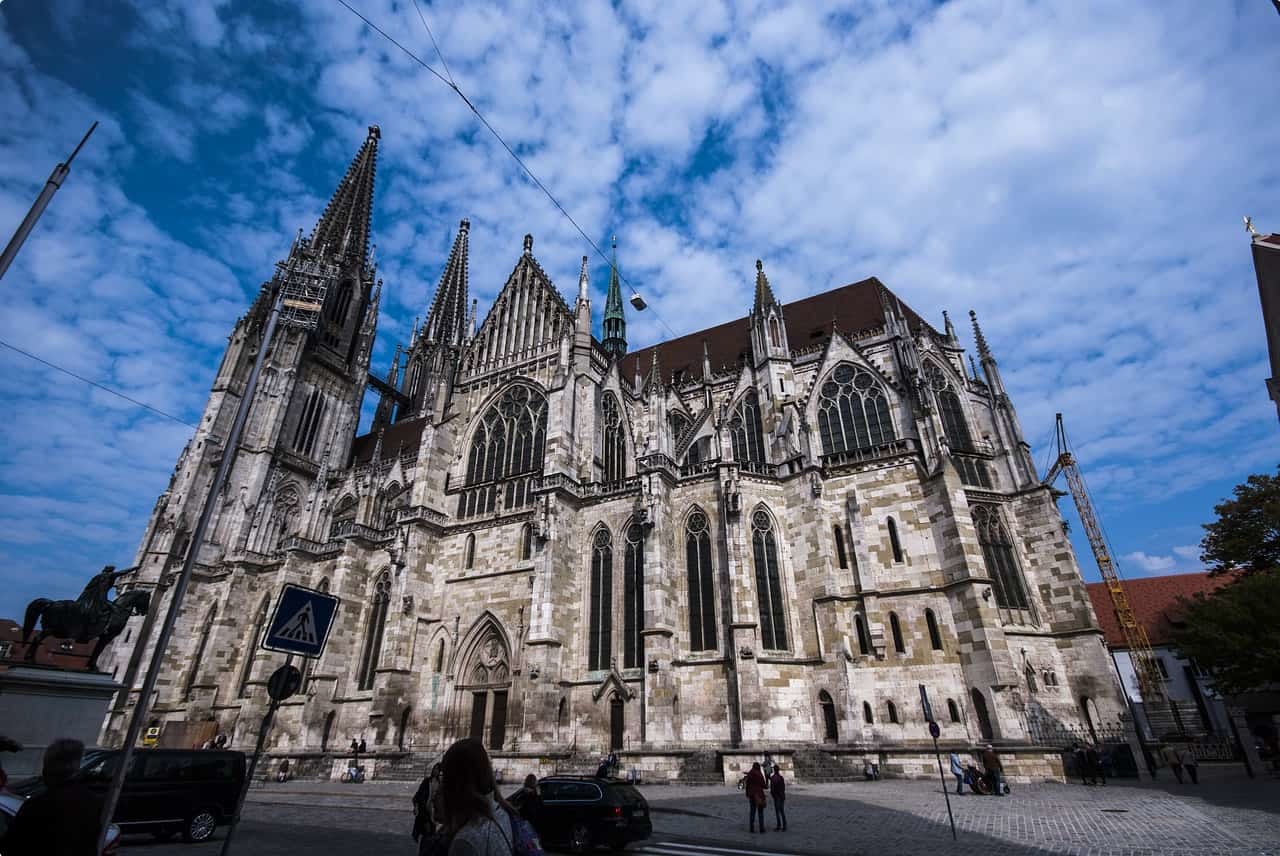
Regensburg Cathedral, also referred to as St. Peter’s Cathedral, stands as Bavaria’s singular Gothic Cathedral. Following the devastating fire that destroyed the Niedermünster cathedral in 1273, a skilled architect, trained in France, undertook the task of erecting a new cathedral in Regensburg. This French influence is evident in the incorporation of Gothic architectural elements such as a central nave dividing into three sections, buttresses, vaulting, and twin towers soaring over the facade. Construction ceased circa 1520, yet the cathedral underwent multiple updates and renovations across the centuries. Presently, the iconic twin spires of Regensburg Cathedral dominate the city’s skyline, establishing it as the most prominent landmark in the region.
Upon closer inspection of the cathedral, visitors will encounter a rich array of sculptures featuring kings on horseback, whimsical gargoyles, and symbolic representations like the foolish virgins. Inside, the interior boasts over 100 depictions of St. Peter, in honor of whom the cathedral is dedicated. Notably, the cathedral houses the world’s largest hanging organ, adding to its architectural and historical significance.
Frankfurt Cathedral
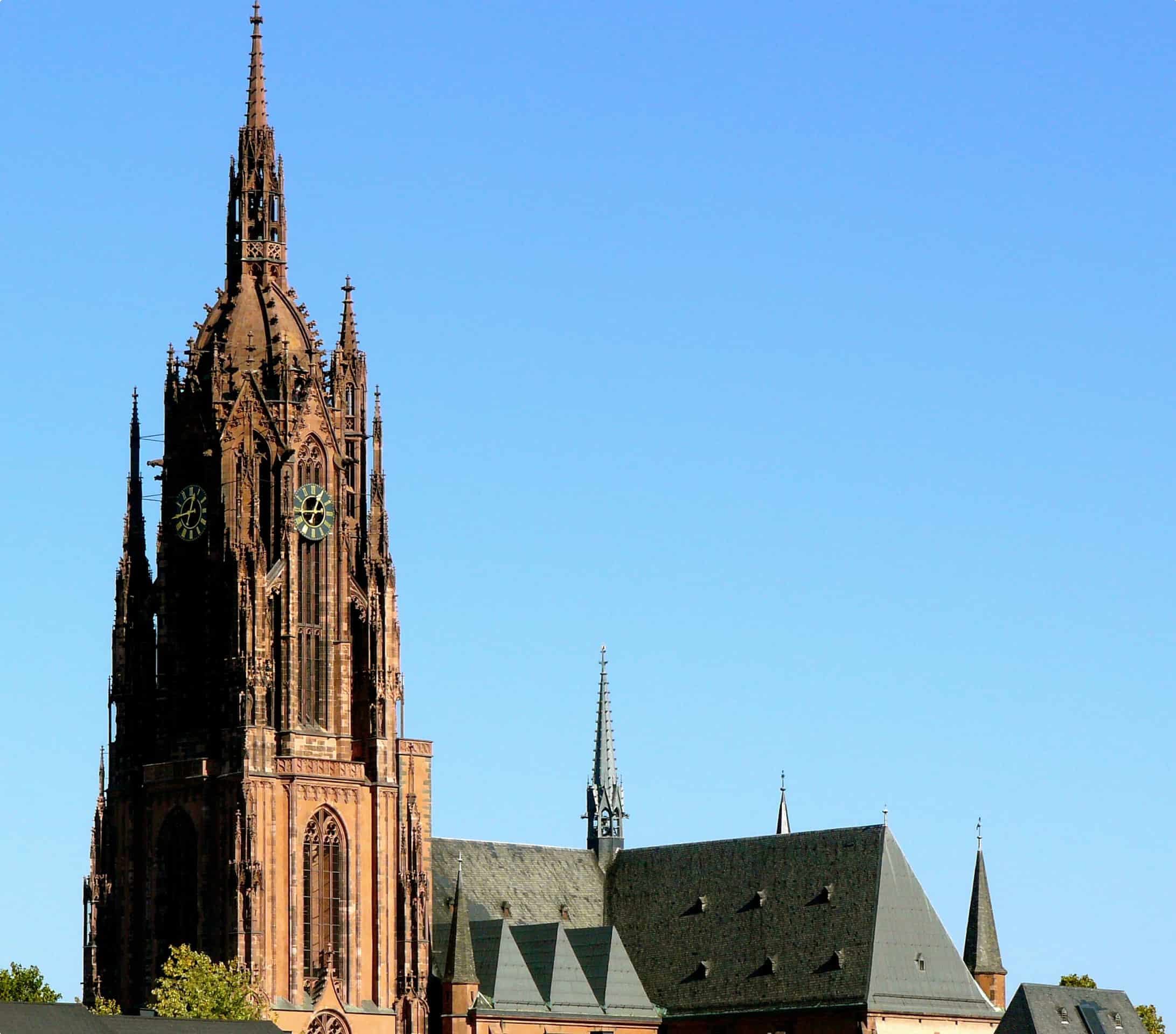
Officially known as the Emperor’s Cathedral of St. Bartholomew, Frankfurt’s main church stands as a prominent Roman Catholic Gothic structure situated in the city center. Despite its title, the church is distinct from a traditional cathedral as it has never functioned as a bishop’s church. This current iteration represents the fifth reconstruction at this site, with the church undergoing a significant Neo-Gothic restoration led by architect Franz Joseph Denzinger after a destructive fire in 1876. Interestingly, the church’s spire was only constructed during this restoration period, despite initial spire plans dating back to 1415 by the cathedral’s master builder, Madern Gerthener.
While not designated as a cathedral, this religious site holds immense significance for its historical role as a former election and coronation church of the Holy Roman Empire. Commencing in 1356, kings were elected within its walls, and from 1562 to 1792, ten monarchs were crowned emperor at the distinguished coronation altar. This historical legacy solidifies its importance in German imperial history, symbolizing national unity in Germany, particularly throughout the 19th century.
Ulm Minster

Ulm Minster, situated in Ulm, a city in the south German state of Baden-Württemberg, stands as a remarkable Lutheran church. Holding the title of the tallest church globally until the completion of the Sagrada Familia in Barcelona, its soaring steeple reaches an impressive height of 161.5 meters, making it the fifth tallest pre-20th century structure.
Although often colloquially referred to as a cathedral like Frankfurt Cathedral due to its grandeur, Ulm Minster has never served as a bishop’s seat. Commencing its construction during the Gothic era, the church showcases typical Gothic features such as a nave and flying buttresses, culminating in its final completion in the 19th century.
Ascendable by visitors, the 768 steps lead to the spire’s summit, offering a breathtaking panoramic vista of Ulm, including the adjacent town of Neu-Ulm. On clear days, the Alps, stretching from Santis to Zugspitze, make for a stunning backdrop. Revered for its Gothic art and architectural magnificence, Ulm Minster is a treasury of medieval culture, boasting oak pews adorned with busts crafted by the renowned German sculptor Jörg Syrlin the Elder. Notably, the pulpit canopy within the church was fashioned by his son, Jörg Syrlin the Younger, also a distinguished sculptor. Furthermore, the organ at Ulm Minster held the title of the world’s largest for a significant period and was even played by the illustrious Wolfgang Amadeus Mozart.
Cologne Cathedral
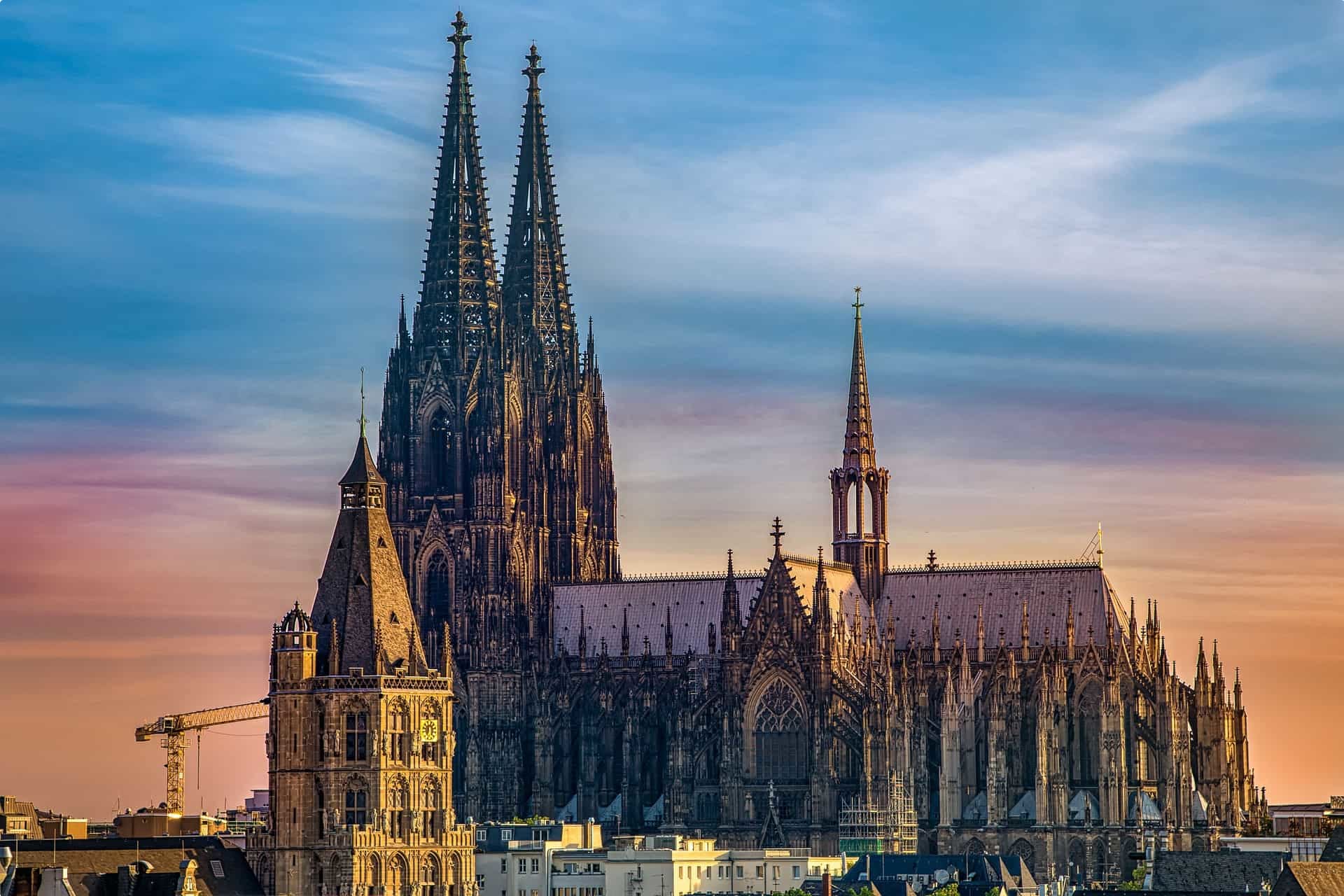
Cologne Cathedral stands prominently as the seat of the Archbishop of Cologne, holding the prestigious title of a UNESCO World Heritage Site and earning the distinction of being Germany’s most frequented landmark, drawing in an impressive 20,000 visitors daily. Renowned as the largest Gothic cathedral in Northern Europe, it proudly boasts the accolade of being the tallest twin-spired church globally, soaring to a height of 157 meters. Furthermore, it showcases the most expansive facade of any church worldwide, while the choir section features the largest height to width ratio among medieval churches.
The origins of Cologne Cathedral trace back to an auspicious moment on 15 August 1248 during the commemoration of the Assumption of the Virgin Mary when its foundation stone was ceremoniously laid. Although construction faced a significant hiatus in 1473, work only resumed in the 19th century. Despite enduring substantial damage during World War II, ongoing restoration efforts persist to keep the edifice in optimal condition, with various sections often shrouded in scaffolding. Notably, the cathedral’s design is believed to have drawn inspiration from the distinguished Amiens Cathedral.
Among the cathedral’s treasures, the Shrine of the Three Kings reigns as a pinnacle of artistic splendor. This grand reliquary, crafted in the likeness of a basilican church from bronze and silver, is the creation of Nicholas Verdun, commissioned by Archbishop Phillip von Heinsberg. Revered for its significance, it is traditionally associated with safeguarding the remains of the Three Wise Men, enhancing the cathedral’s allure with its historical and cultural importance.

Gothic architecture is an important and defining part of Germany’s architectural history and the painting and sculpture that accompany these Gothic buildings often provide an important insight into the medieval period. These are just some of the sights scattered around the country that are worth a visit for those interested in the Gothic era.
Our tours featuring Germany include:
- Richard Wagner’s Ring Cycle: For lovers of Wagner’s music, this tour gives you the opportunity to see four performances of his music in his home city, Leipzig.
- Bach, the man and his music: Another tour for classical music fans. This cultural tour is based around the Bach Music Festival in Leipzig, but includes visits to other cities lived in by Bach.
- The European Ballet: This tour includes nine wonderful performances in five European cities. You will experience six ballets, plus modern dance and two operas performed in beautiful opera houses.
- Contemporary Germany: This tour captures the diversity of contemporary Germany, ranging from north to south, and taking in Germany’s most important cities: Munich, Dresden, Berlin and Cologne.
Articles about Germany published by Odyssey Traveller:
- A history of Berlin for Tourists
- The Oberammergau Passion Play
- The Bauhaus Movement
- Destination: Germany
- Ten books to read about Berlin
- Ten of the best art galleries in Europe
- Must See Sights in Berlin
For all the articles Odyssey Traveller has published for mature aged and senior travellers, click through on this link.
External articles to assist you on your visit to Germany:
- 13 Things to know before visiting Germany
- The Telegraph: Thirty reasons why we love Germany
- A Rhine Romance: Following the Mighty River
- Lonely Planet: 48 Hours in Hamburg
Related Tours
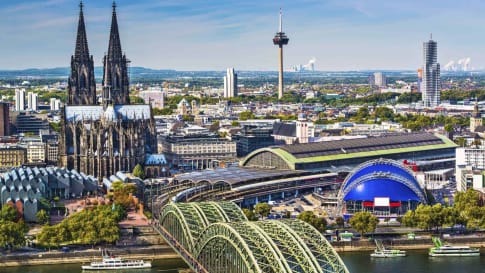
23 days
AugContemporary Germany & Oberammergau Passion Play 2030
Visiting Germany
Enjoy the authentic experience of the Oberammergau passion play on this small group escorted tour. One of the best small group tour companies Europe, the destinations and itineraries provide small group journeys for like minded people. For solo travelers a minimal single supplement applies.
From A$19,995 AUD
View Tour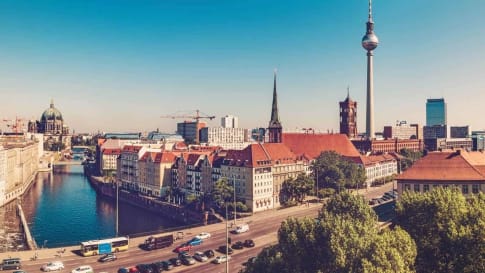
20 days
Apr, SepDiscovering Berlin Small Group Tour | 20 days living in Berlin
Visiting Germany
Experience Berlin while living there for almost three weeks in an apartment. From one of the best small group tour companies for Europe enjoy an escorted tour learning about the city's history and experiencing it like a Berliner. This holiday is for like minded people, mature couples or solo travelers who enjoy getting off the beaten track and exploring with some adventure.
From A$12,795 AUD
View Tour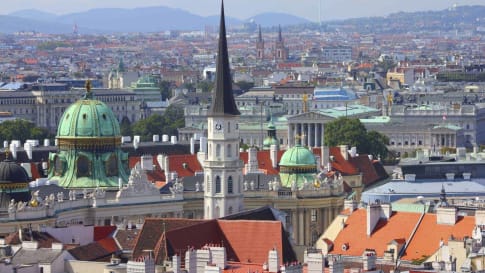
9 days
Sep, AugDiscovering the Life of Beethoven | Small Group Tour
Visiting Germany
Travellers on this small group tour will have the chance to gain a deeper appreciation and understanding of Beethoven’s life and music. Beginning in the city of Bonn, where Beethoven was born, we visit the city precincts and buildings where Beethoven’s unique artistic sensibility was formed. In Vienna, we explore many of the concert halls and churches where his work was performed. In each city visited we attend performances of his work.
From A$10,895 AUD
View Tour
